Visualizing Climate ChangeA statistically significant variation in either the mean state of the climate or the mean variability of the climate that persists for an extended period (typically 10 years or more). Climate change may result from such factors as changes in solar activity, long-period changes in the Earth's orbital elements, natural internal processes of the climate system, or anthropogenic forcing (for example, increasing atmospheric concentrations of carbon dioxide and other greenhouse gases).
How can we visualize the Earth’s changing climate? We know human-caused climate change is real. We know effects are being measured - rising seas, higher temperatures, more intense storms. Yet, unless you are directly impacted by one of these events, it may be hard to really visualize the effects of climate change. And, the reasons for these changes - increased CO2 and melting glaciers, for example - are even more difficult to visualize.
This summer, I will return to Svalbard (an archipelago owned by Norway, 700 miles south of the North Pole). I will join a small research team studying glaciers and the impact that global warming is having on them. Hopefully, through my participation, I will help document - and visualize - concrete examples of the effects of climate change.
Back to the Arctic
As I sit in a sweltering 95° Boston today, I’m getting excited about spending the month of July in the Arctic.
Ten years ago, through PolarTREC, I joined Dr. Julie Brigham-Grette and Dr. Ross Powell (and six students) in the tiny research base of Ny Ålesund, in Svalbard, as they studied the Kronebreen glacier system. That life-changing experience taught me so much - about glaciers, for sure, but also about the process of doing geology field work. Through my connections with these amazing scientists, and connections with PolarTREC staff and educators, I have been able to infuse my teaching with polar science and field work.
Dr. Brigham-Grette was gracious enough to let me tag along again this year as she returns to Ny Ålesund. Thanks to grants from the Brookline Education Foundation and the National Education Association, and support from PolarTREC, I am able to do so. This is indeed an amazing and special opportunity for me!
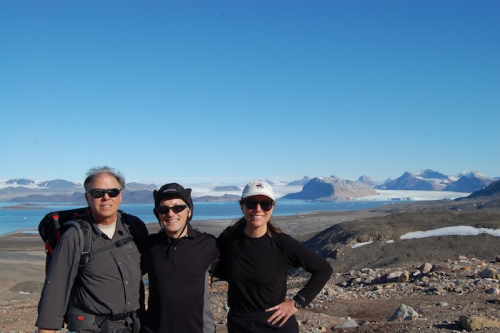
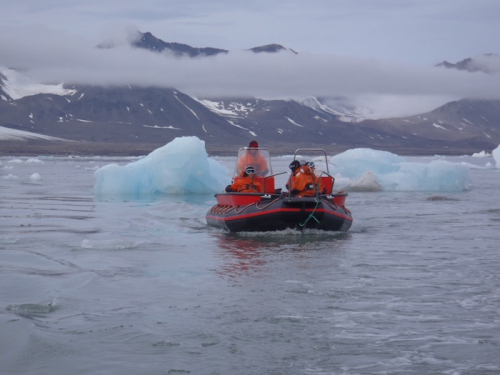
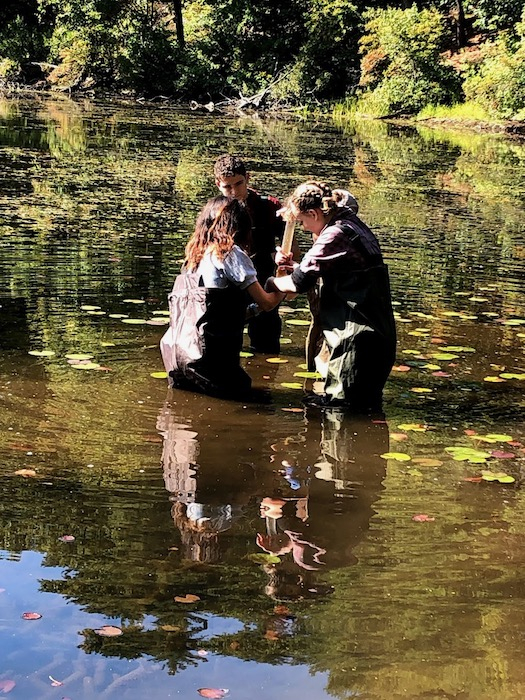
Water in the Ice
More on the details of the science later (or you can read the summary under “What are they doing?” on the sidebar of this page). But, here’s a very brief summary: Dr. Brigham-Grette is interested in learning more about the dynamics of glacier systems. In particular, she wants to study the way water moves through glaciers. Did you know that glaciers can have a lot of liquid water flowing through them? The causes of that liquid water are varied, including meltwater pools on the top of the glacier that penetrate down into the ice, and frictional melting between the glacier and the bedrock. But as the water flows down and through the glacier, large jets - like fast moving rivers - flow in and under the glacier. Dr. Brigham-Grette would like to explore how this moving water affects the movement of glaciers. In particular, what role does this liquid water have on the rate at which glaciers melt, and recede, in response to global warming. This of course has direct impacts on those of us living in lower latitudes, like Boston, where I live, because these melting glaciers contribute a lot of water to sea level rise.
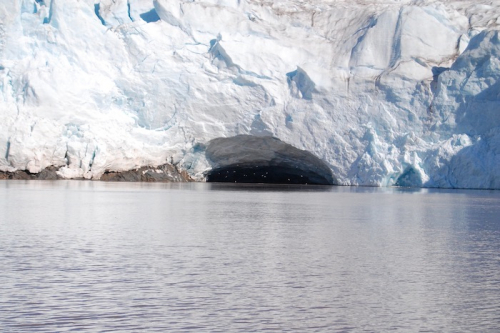
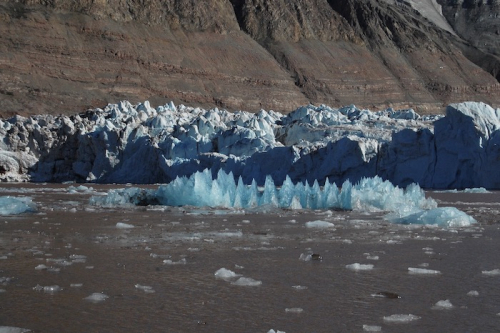
Going back to Svalbard is an incredible opportunity for a few reasons. First, I feel lucky to return to this beautiful landscape. Second, what a great chance for me to re-engage in field research with one of the most esteemed glacier researchers in the world! Finally, as someone deeply concerned with climate change, I will get the opportunity to see what climate change is doing to these amazing glaciers - over just ten years.
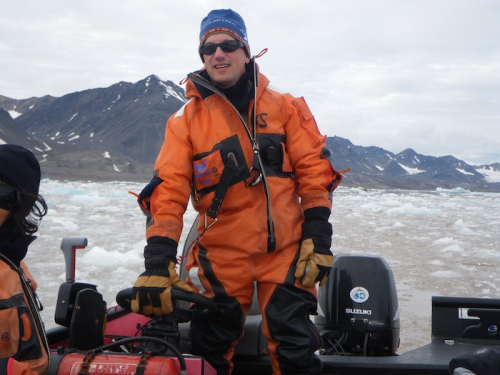
Learning to Fly
As I will write about in more depth in future journals, studying the movement of water as it moves through and exits the face of a glacier will present some challenges. One of those challenges is that we can’t get too close to the glacier face - we won’t be able to get closer than about a few hundred yards from the glacier. This means there’s a whole region, right in front of the glacier, that is off limits. So we plan to use drone video and photography to help us see more closely in front of the glacier.
Dr. Brigham-Grette has tasked me with learning how to fly the drone and getting officially licensed. Last week, a student of mine gave me my first lesson! It’s amazing what these little aircraft can do. He was able to show me many of the features that will make taking footage of the glacier possible. Tomorrow, I will meet with Merritt Harlan, a UMASS graduate student, to get some more lessons on the drone we’ll be flying. I also passed the FAA drone operator’s exam, so at least the FAA thinks I’m qualified!
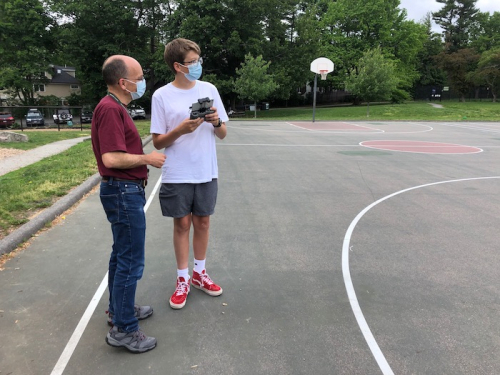
I hope to use my newfound skill to help the science team document the research, but perhaps more importantly to help convey to the general public just how serious the issues are around climate change. We are going to the fastest warming place on the planet, and being able to make a personal connection - and bear witness to what humans have done - will hopefully spur us all to action.
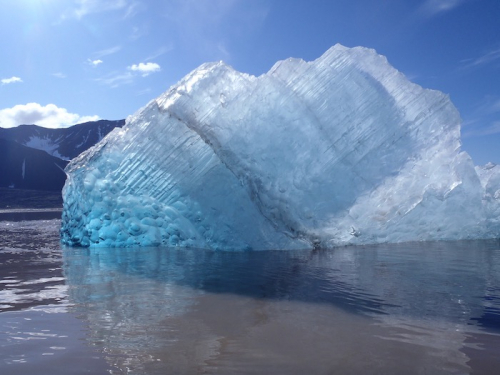
- next >
- 1 of 19


Comments